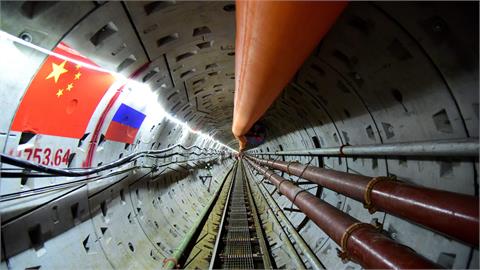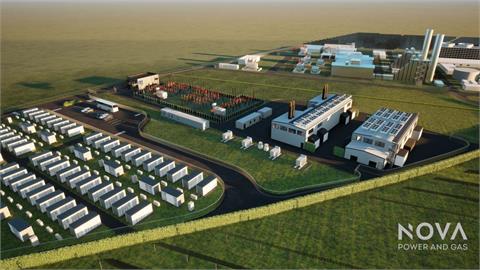The US energy revolution appears to have triggered population and income growth last year in regions mainly west of the Mississippi river that are rich in oil and gas, data show, according to a "Financial Times” report.
The US census bureau last week cited the "energy boom” as a main driver of "rapid” population growth in several cities and counties across the Great Plains between 2012 and 2013. The Bureau of Economic Analysis found personal income growth in states at the centre of the production surge, led by North Dakota, outstripped the rest of the country.
The data will solidify hopes that higher domestic energy production could be an antidote to the sluggish economic growth and weak labour market that has marked the recovery from the recession of 2008 and 2009. US business groups and Republican lawmakers are putting increasing pressure on the Obama administration to lighten regulation, free up more federal land for exploration, and boost exports of fossil fuels to accelerate the economic gains, notes the FT.
"This is an example of dynamism – it’s a wonderful thing about the American economy that it can respond so nimbly to opportunities like this,” said Michael Strain, an economist at the conservative American Enterprise Institute think-tank. "What you’re seeing in some of these areas is whole little economies springing up – in addition to the jobs there are restaurants and bars, hotels and retail stores opening up. It’s fantastic,” he added.
But there are also doubts that America’s shift towards more of a commodity-based economy will deliver broad benefits to middle-class families beyond the areas that are directly affected, in addition to concerns about increased vulnerability to price fluctuations and the environmental cost.
"I think the more likely case is that you have a series of essentially boom towns, and I’m not convinced that the gold rush is the model for a 21st century economy in terms of helping out workers,” said Michael Madowitz, an economist at the left-leaning Center for American Progress. think-tank
The heart of the US energy boom is Williams county, in the northwestern corner of North Dakota, which saw a 10.7 per cent jump in the number of residents between July 2012 and July 2013, the fastest increase in the nation, compared with the US average of under 1 per cent.
The top 10 counties in terms of population growth included one other in North Dakota, as well as three in Texas, two in Utah, one in Louisiana, and one in South Dakota – all areas with heavy concentrations of mining, quarrying and oil and natural gas extraction.
North Dakota had the fastest income growth, 7.6 per cent, of any state last year, with Utah, Idaho, Texas and Oregon trailing behind. Overall, income growth in the US slowed from 4.2 per cent in 2012 to 2.6 per cent in 2013, on the back of a rise in payroll taxes.
A combination of higher energy exports and weaker energy imports – both products of greater energy production – also led to a narrowing of the current account deficit, last year to its lowest level since 1997, which many economists see as healthy for the US and global economies. Houston, Texas, overtook New York as America’s largest export hub in 2012 on the back of increased trade in energy, and the city could well consolidate its position when fresh data are released by the commerce department next month.



